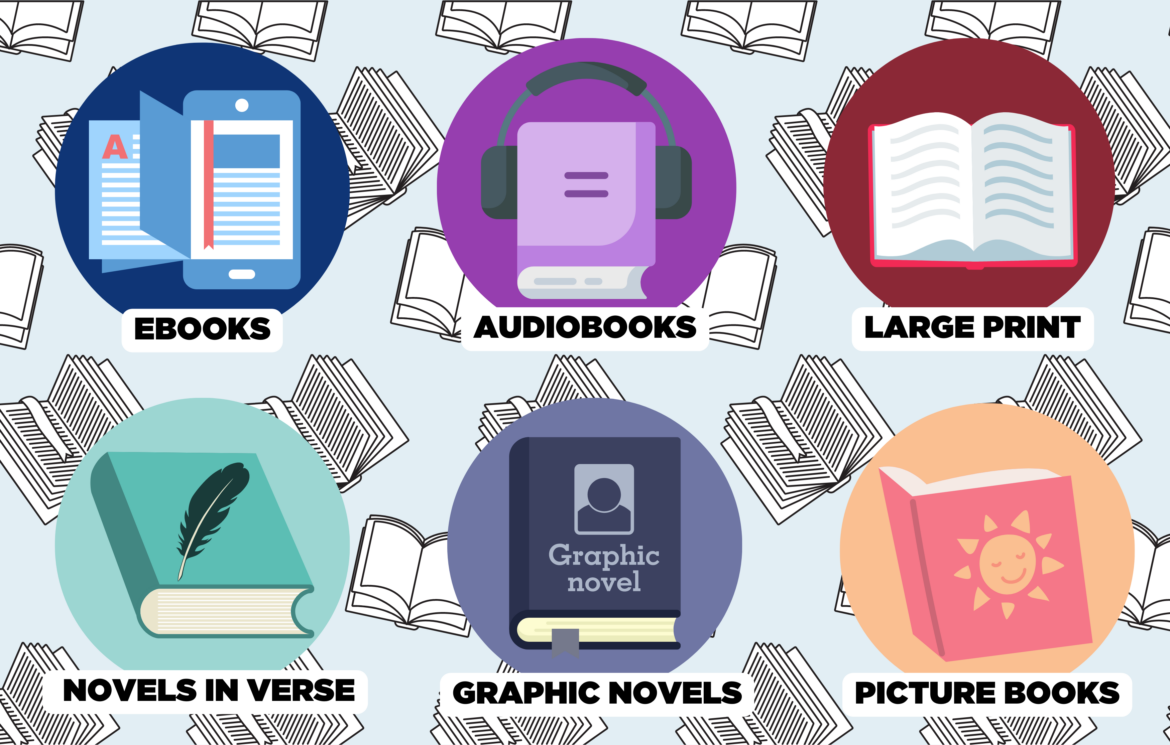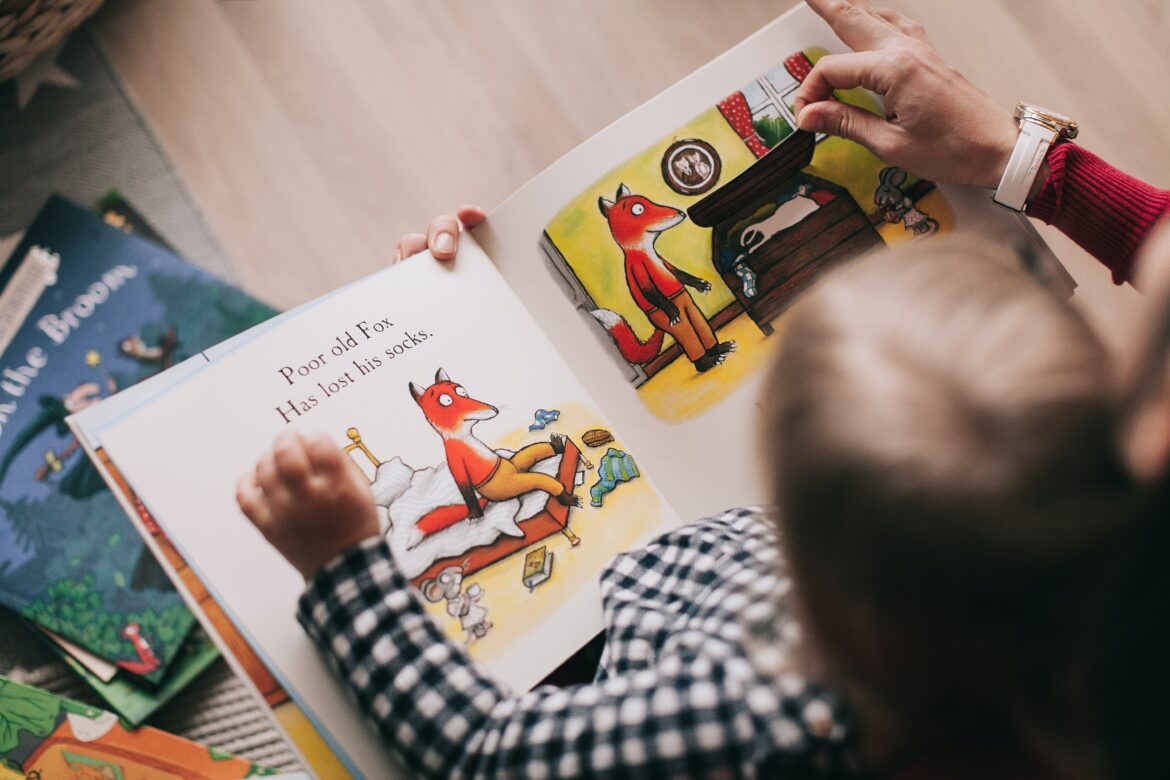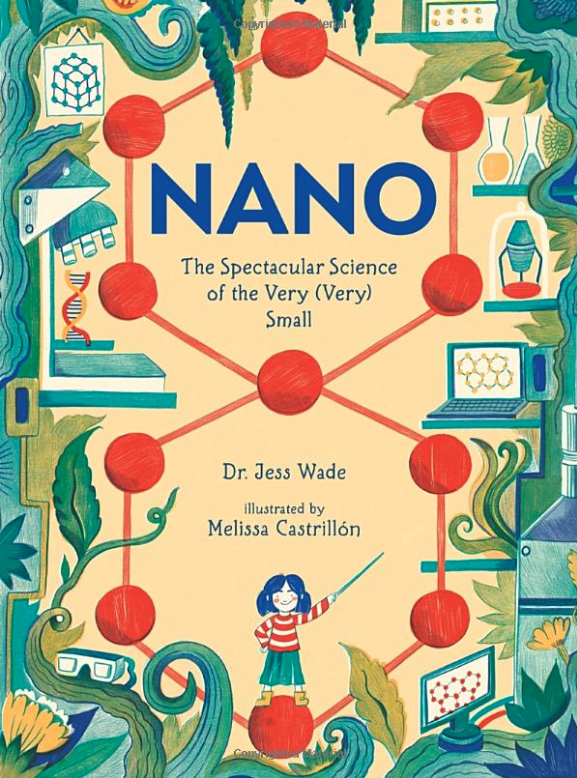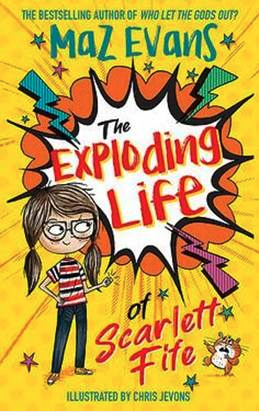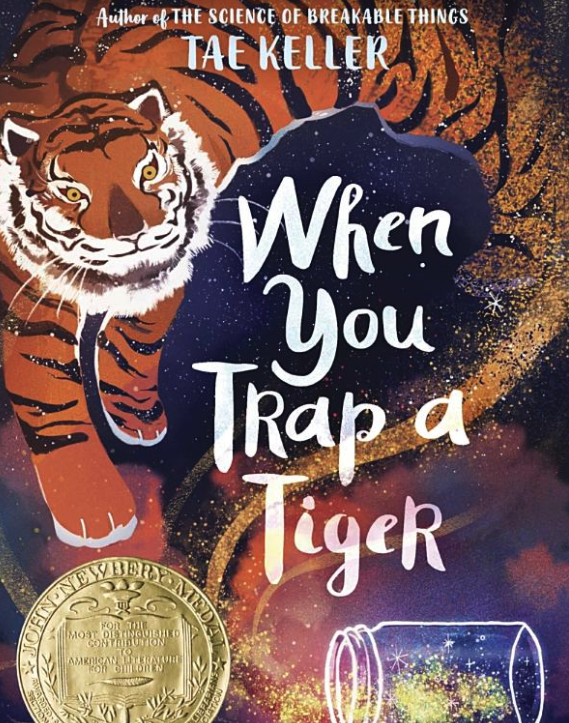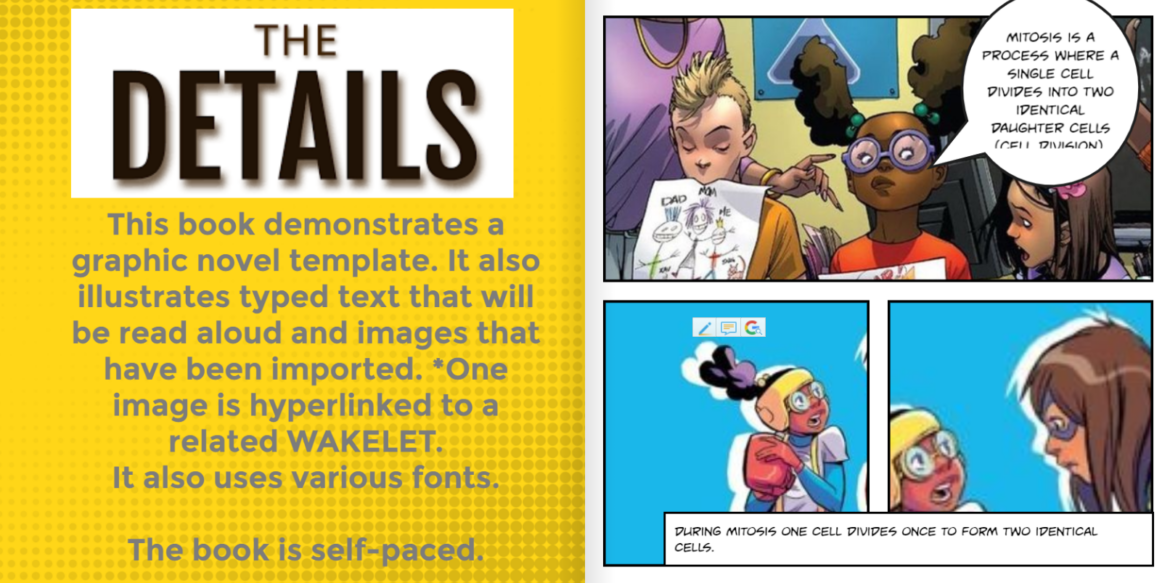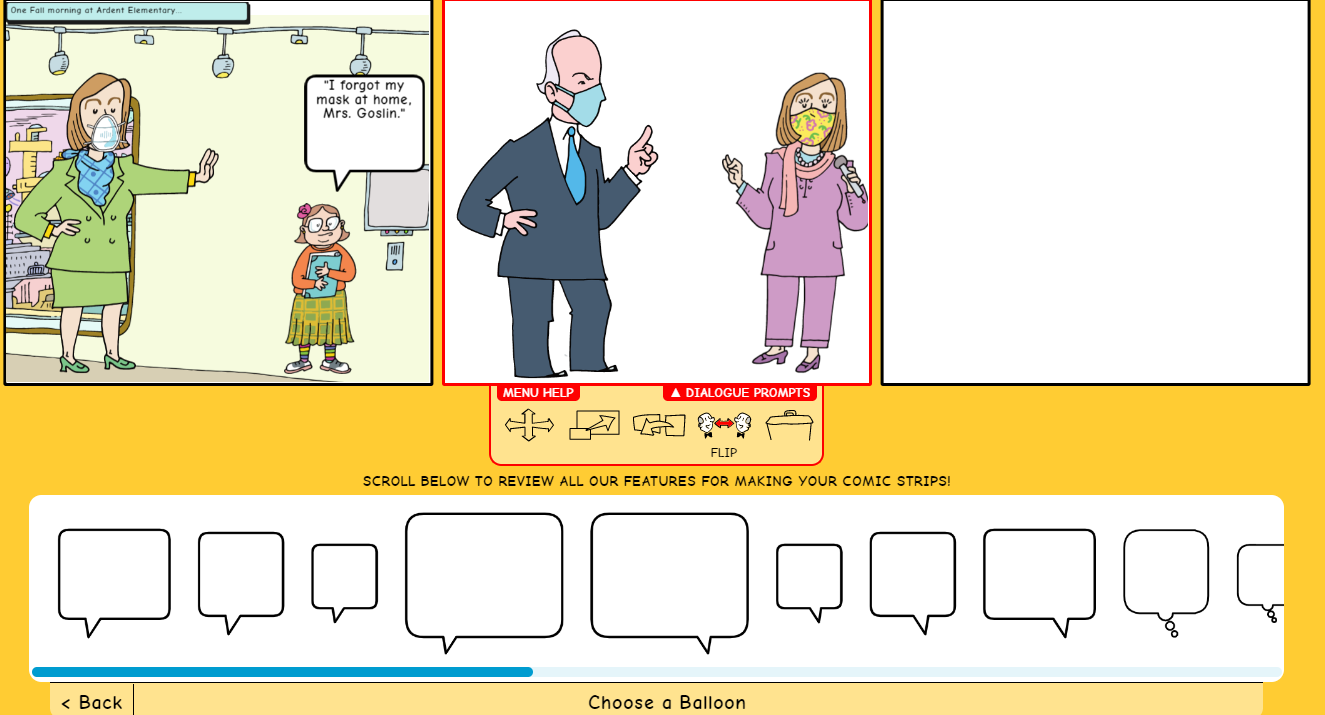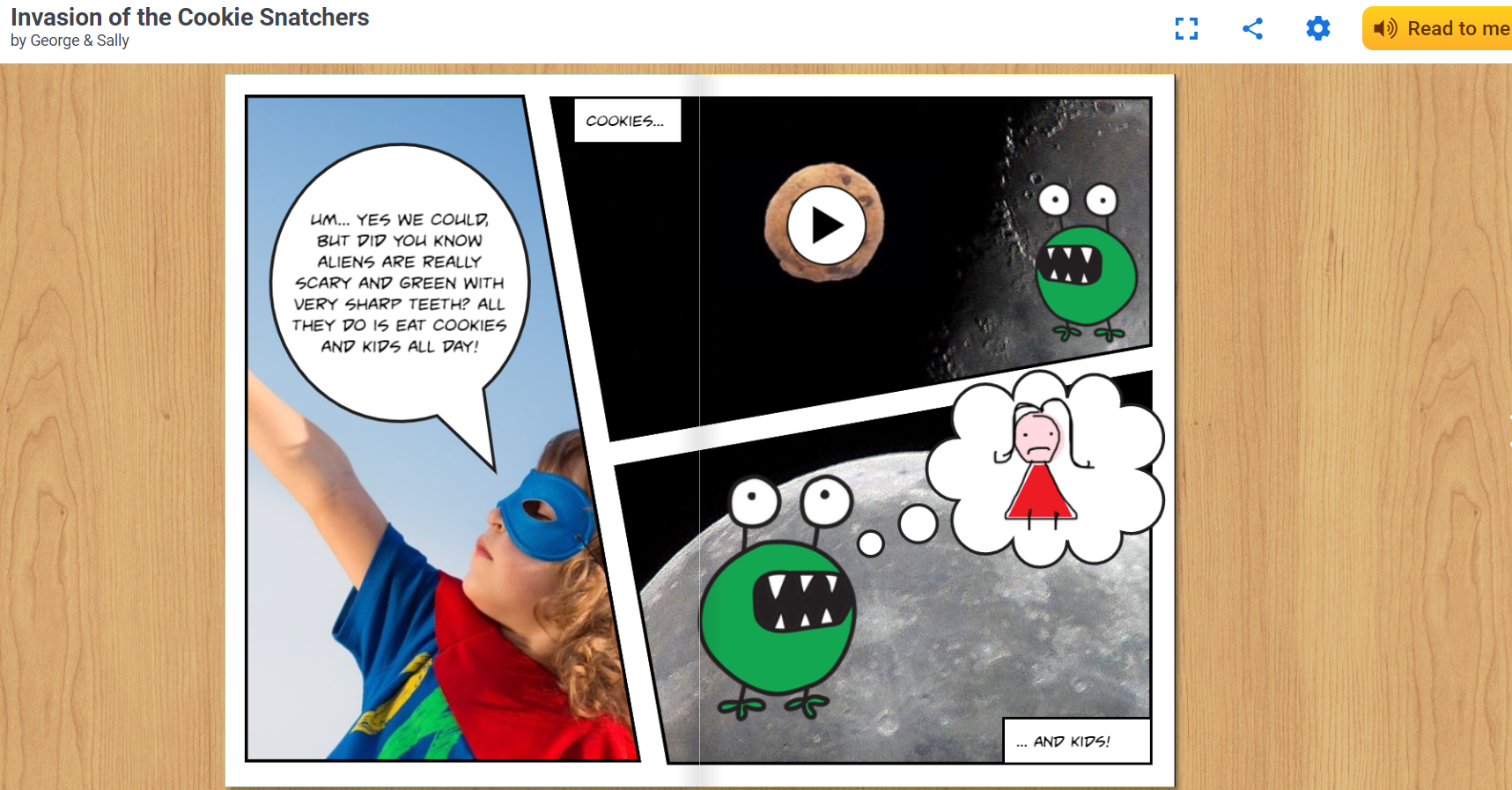As a middle school librarian, I am acutely aware of the in-between space that middle school students inhabit. I serve 6th graders who just moved up from elementary school, 8th graders who are about to move on to high school, and 7th graders who are stuck in the middle of everything. As a former special education teacher, I realized that our school library needed to serve students across a variety of reading levels, making reading accessible to all. Disabled students, English Language Learners, and other students who are still working on developing their reading skills can all benefit from a diversity of formats in the library. It is especially important to consider when we’re looking to add diverse books to our collection. A variety of story mediums can make our library even more accessible and inclusive for all of our students.
Here are six formats that you should be sure to include in your school library collection.
1. Ebooks
Ebooks are an excellent reading resource. Most ebook apps and programs allow readers to customize their reading experience. Students can change the size of the text, or choose a different font (which is especially useful for readers with dyslexia). They may be able to highlight key words and sentences, or use a built-in dictionary to define unfamiliar words. Some apps will even read ebooks aloud for readers or translate words into another language. Ebooks can be accessed from Chromebooks, iPads, and cell phones, so whatever technology your students have access to, the chances are pretty good that they can access some kind of ebook program.
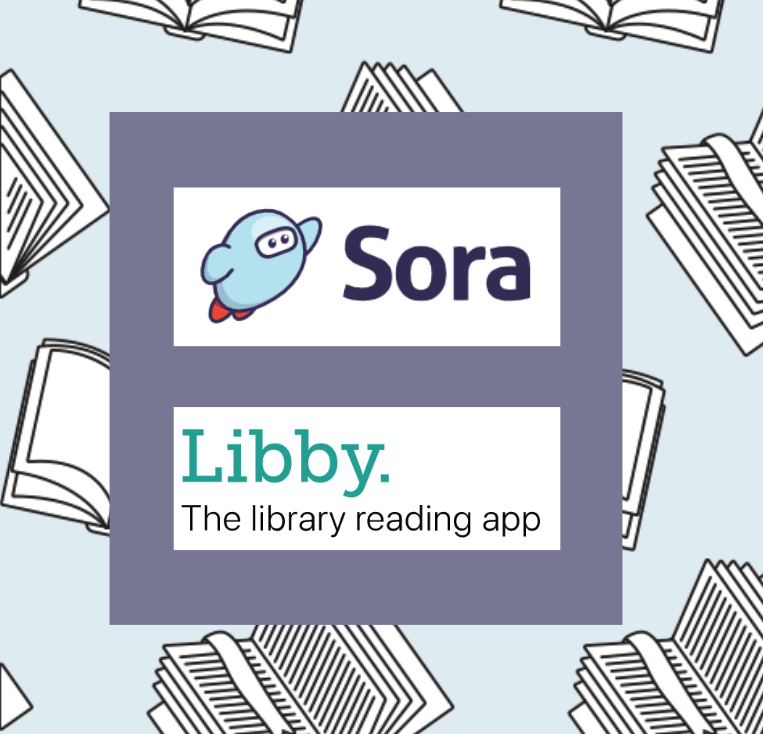
Two resources to use in your library: Overdrive’s Libby and Sora apps.
If your school is unable to build a robust ebook collection, your students may be able to access additional ebooks through their local public library. Once students have logged into Sora and added the public library to their account, they’ll be able to access the public library ebook collection automatically. Most public libraries also have a suggestion form on their website, where readers can submit requests for new ebooks.
2. Audiobooks
While there are undoubtedly some educators who still see audiobooks as “easier” than print books (or even consider them to be “cheating”), there is plenty of research to support the use of audiobooks in our school libraries. Listening to audiobooks, or even read-alouds in the library, allows readers to take in a story without visually decoding the text. This frees their brains up to listen for elements like humor, new vocabulary, and much more. While audiobooks can be especially helpful to disabled students and English Language Learners, all of our students can benefit from hearing stories read aloud in the library.
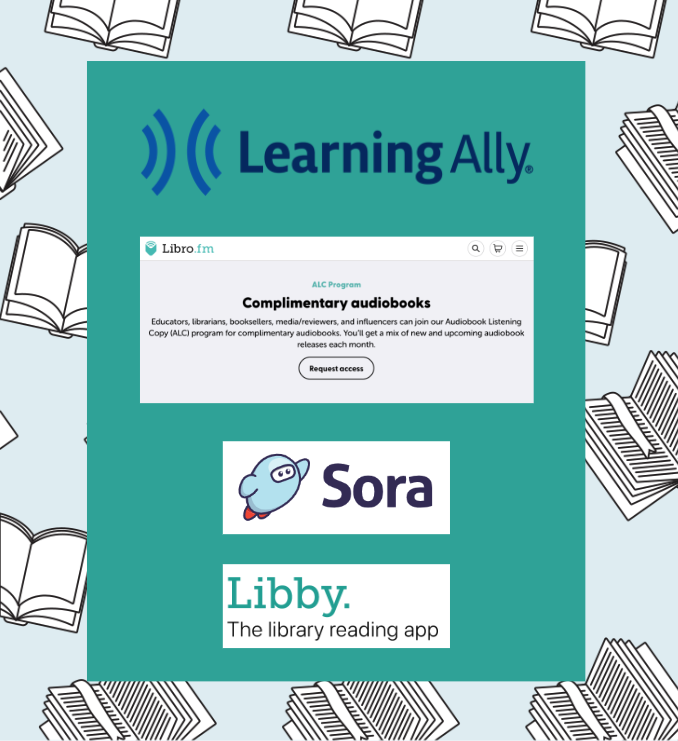
A resource to use in your library: Libro.fm’s ALC program.
Audiobooks can also be found in Libby and Sora, as well as through programs like Learning Ally. For librarians who want to sample audiobooks in advance, Libro.fm offers an Advance Listening Copy (ALC) program that is free to join. New audiobooks are added every month, and can be added to your account for later review.
3. Large Print
Research has shown that large print books are good for everyone! Having fewer words on the page makes reading accessible and less overwhelming to young readers. Vendors like Thorndike Press make an effort to ensure that large print books are not noticeably larger than their normal-sized companions. Disabled students may also be able to access free large print ebooks through the Bookshare program. And of course, as mentioned above, many ebook programs and apps allow readers to tweak the size of the text while they read for accessibility.
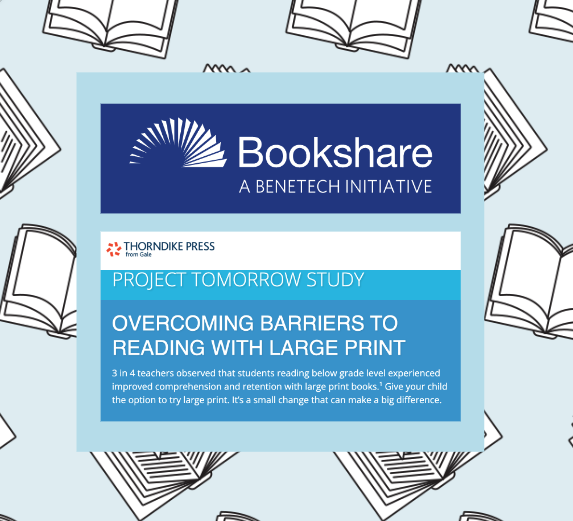
A resource to use in your library: Gale / Thorndike Large Print Books.
There are additional vendors that you can use to purchase Large Print books, but I’ve personally had a great experience with Gale’s Thorndike Press. The company aims to release 100 new large print books each month, so there’s always something new to consider adding to your collection.
4. Novels in Verse
Novels in verse can be a hard sell on paper, as most students seem to shy away from poetry. But I’ve had some success with book talking novels in verse, especially if I share (and read aloud) pages on the projector, or if I show a video of the author reading their own verses out loud. The rhythm of verse novels can remind students of song and rap lyrics and slam poetry (from the likes of Elizabeth Acevedo) or spoken word poems (from poets like Amanda Gorman) can be useful for piquing student interest in verse.
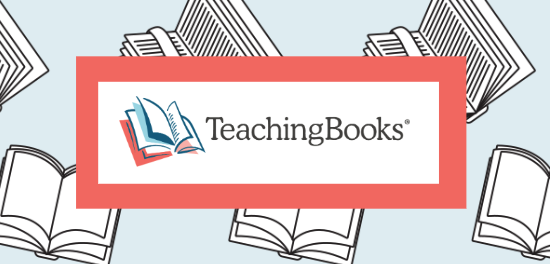
A resource to use in your library: TeachingBooks.
If you have access to TeachingBooks, they offer a variety of resources for novels in verse. From author name pronunciations to lesson activity ideas, there’s a lot to find and use on their website.
5. Graphic Novels
Graphic novels are an often misunderstood and underestimated form of reading. Students love them, but some teachers see comics as “too easy” or “not real books.” Librarians can counter these kinds of negative reactions by emphasizing the literary merits of graphic novels. A lot of my students enjoy Jerry Craft’s “New Kid,” which was the first graphic novel to win the Newbery Award. Comics also encourage readers to linger and reread each page, taking in the text and searching the images for context clues. Amazing stories can be told through a combination of pictures and text, and graphic novels are a hit with more than just our struggling readers.
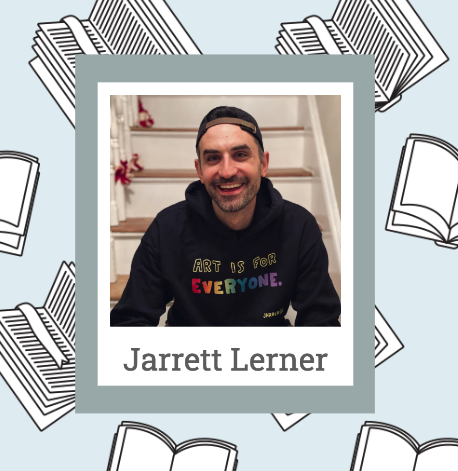
A resource to use in your library: Jarrett Lerner Comics.
Jarrett Lerner is a huge advocate for graphic novels and other forms of illustrated books. His website has free comics and images that you can download and print for your library. Seeing important concepts like literacy shaming and student choice succinctly portrayed in comic panels makes these ideas easier to understand (and easier to advocate for).
#6: Picture Books
Finally, picture books can be a useful tool, even in middle school or high school libraries. Beyond the obvious uses of picture books (for instance, as a way to provide appropriately-leveled reading material for students in special education settings), these texts can also be used to introduce or support new concepts in the library. From scientific processes to biographies and historical fiction, picture books can help bring learning to life in new and unexpected ways. Books can also explore math topics like measurement, spatial thinking, and fractions.
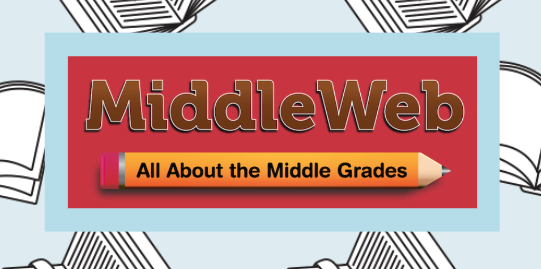
A resource to use in your library: MiddleWeb.
MiddleWeb offers a variety of resources for middle school educators, including a piece on using picture books to teach Social-Emotional Learning (SEL). Kasey Short lists some recommended books, discussion questions, and activity ideas for over a dozen fantastic picture books that middle school readers are sure to love.
Using a variety of formats in our library collection will allow us to reach and teach more young readers. While books are, and likely always will be, the focal point of our libraries, there is definitely a place for images, sounds, and even videos in the library space. When we share stories with our students, in any format, we are encouraging skills that will lead to a lifetime of reading by making reading more accessible.

